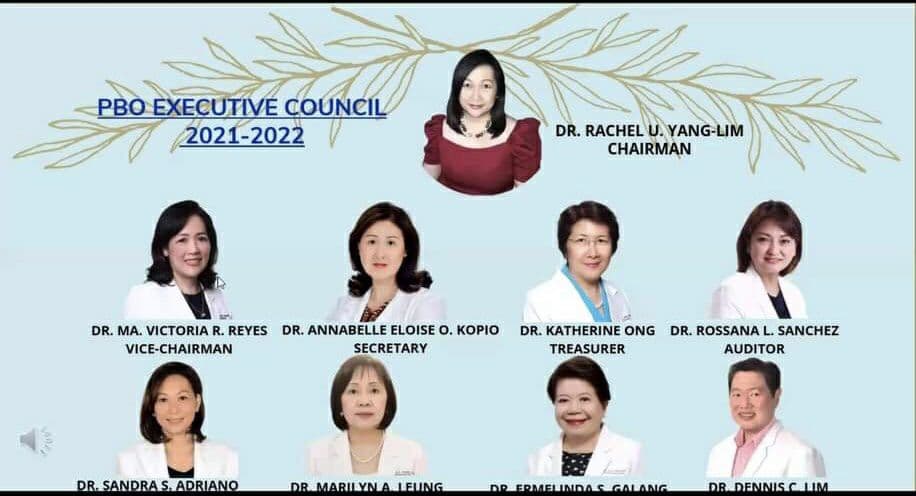The Philippine Board of Orthodontics (PBO) Written Examination is a gauge of an orthodontist’s knowledge of Orthodontics and related subjects. It is important for a practitioner to have ample educational background and a thorough understanding of all matters relating to orthodontic treatment before practicing as a qualified orthodontist. The examination will have two hundred forty (240) multiple choice questions to be answered by examinees within a given time frame.
The Phase II examination is available to any qualified practicing orthodontist who has never taken the written examination or was unsuccessful on a prior examination. Residents of accredited orthodontic programs may take it in the year of their graduation or if they have completed eighteen (18) months of their program at the time of the examination. Those who have previously graduated from an accredited university and hold recognized Certificates of Proficiency in Orthodontics may also take the examination for as long as they meet all the requirements set by the PBO. Previous candidates who passed Phase 1 may also still register for the Phase II.
The written examination consists of multiple-choice questions related to the basic sciences, applied biomedical sciences, orthodontic theory, orthodontic practice, related dental disciplines and the orthodontic literature. Questions will be prepared by members of the Examination Committee. To keep the assessment relevant and fair to all, we are soliciting questions from educators from various Orthodontic departments in the Philippines. Submitted questions will be reviewed and refined by the examination committee and then added to the bank of questions.
It is suggested that candidates review the courses taken during their advanced orthodontic education, major textbooks, and current orthodontic literature. The examination is based on subject areas outlined below:
Embryology
- Growth and Development
- Head and Neck Anatomy
- Histology
Oral Physiology
- Pathology
- Adjunctive Orthodontic Procedures as related to integrated disciplines
- Biomechanical Principles
Cephalometrics and Radiography / Radiographic and Imaging Techniques
Clinical Orthodontics (adults and children) / Orthodontic Technique / Orthodontic and Orthopedic Appliance Design
- Craniofacial Deformities
- Dentofacial Orthopedics
- Risk Management
- Principles of Occlusion
- Orthodontic Dental Materials
- Orthodontic Diagnosis and Treatment Planning
- Surgical Orthodontics (Diagnosis, Treatment Planning and Presurgical and Postsurgical Orthodontic Treatment for Orthognathic Surgery)
- Temporomandibular Disorders
UPON SUCCESSFUL COMPLETION OF PHASE II:
The name of the candidate shall be forwarded to the Association of Philippine Orthodontists (APO), the national orthodontic specialty group recognized and accredited by the Asian-Pacific Orthodontic Society (APOS), the Philippine Dental Association (PDA), the Professional Regulation Commission (PRC)and the World Federation of Orthodontists (WFO). The candidate will then be given the option to apply for membership to the Association of Philippine Orthodontists as an Associate or Affiliate Member. The candidate also becomes eligible to take either the Phase III or Phase IV Clinical examinations.
There are two ways in which a candidate can proceed in order to obtain his/her Diplomate status. The candidate has to complete either the Phase III or IV examinations. If he/she is able to meet the criteria for the required number of clinical cases for Phase IV, he may skip Phase III and proceed to Phase IV. If he/she is unable to meet the minimum number of cases required for Phase IV, he can opt to take the Phase III first and upon successful completion of this examination, will be given years to complete Phase IV.


